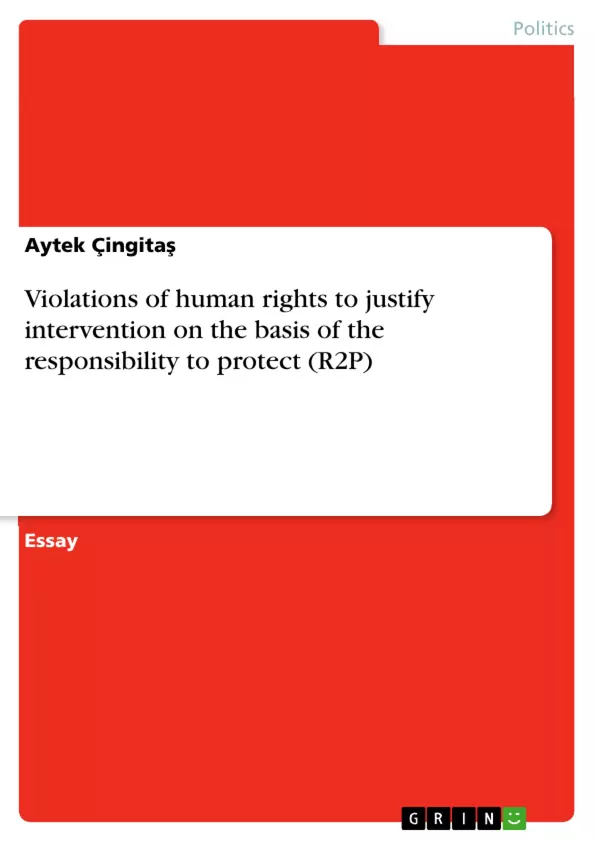In this essay, I will try to find an answer to the question; “Do violations of human rights justify intervention on the basis of the responsibility to protect? In what cases?” with a specific focus on NATO intervention to Kosovo that took place in 1999. In the first part of the paper, I will analyze the history, development, principles and background of Responsibility Protect principle (R2P in short) in a summary. In the second part of the paper, I will show the reader at which cases (when) this principle may be justified by human rights violations. In this part, I will mainly analyze which level of human rights violations should be present in order to justify a military intervention as a part of R2P. In the third part of the paper, I will study on 1999 NATO intervention to Kosovo as a case study and I will try to find an answer to the question; “Was 1999 NATO intervention to Kosovo an example of R2P?”
Inhaltsverzeichnis (Table of Contents)
- Introduction
- History, Background and Principles of R2P in a Summary
- By Which Human Rights Violations and When are the Military Interventions (as a part of R2P) Justified?
- Was 1999 NATO intervention to Kosovo an example of R2P?
- Quote paper
- Aytek Çingitaş (Author), 2014, Violations of human rights to justify intervention on the basis of the responsibility to protect (R2P), Munich, GRIN Verlag, https://www.grin.com/document/286512



